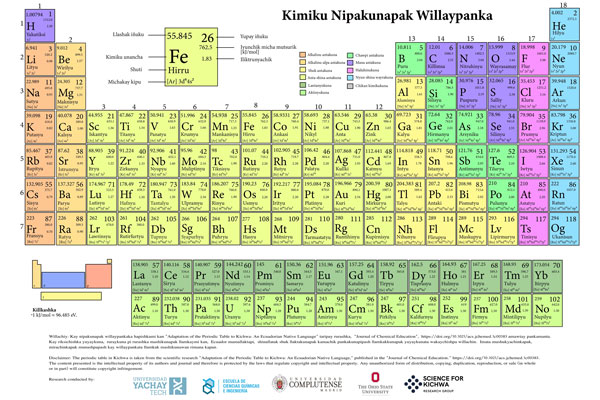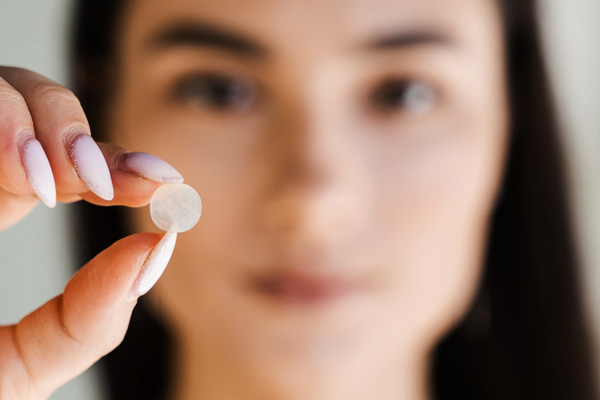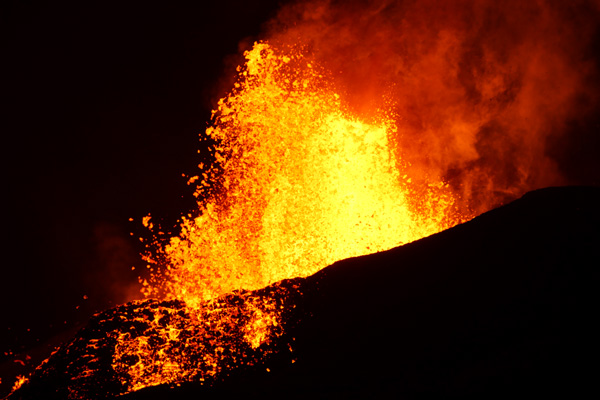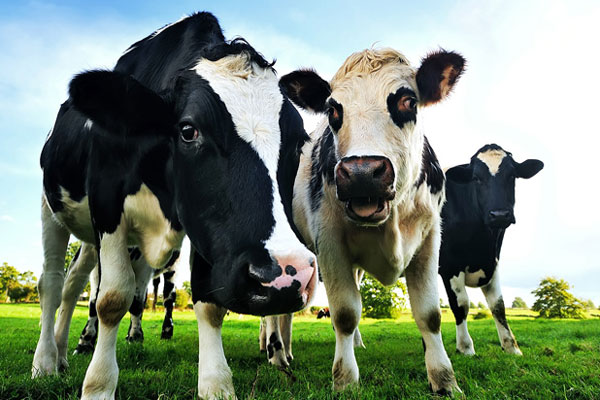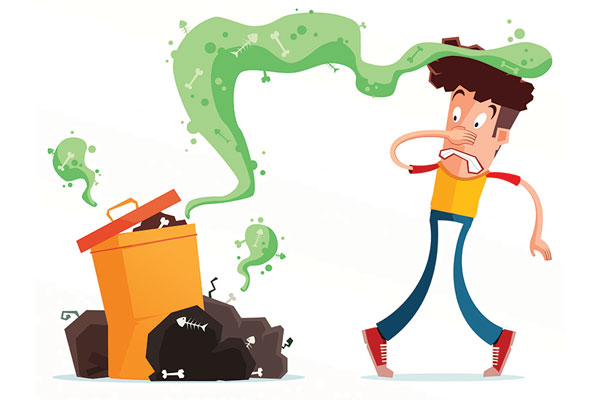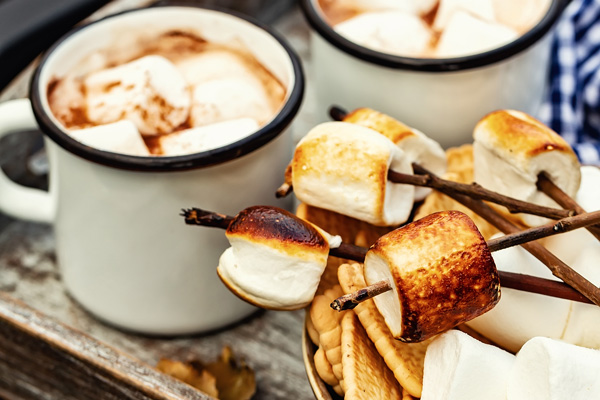
TYLER THRASHER
Downloads:
About three years ago, as Tyler Thrasher was finishing a college degree in computer animation, he decided that he didn’t want to be a computer animator. In his eyes, the field had lost its appeal, and he wanted to be a freelance artist.
For inspiration, he flipped through his notebooks, in which he had been sketching objects that fascinated him. His caving excursions exposed him to sparkling minerals and led him to produce crystal drawings. The gift of a sketchbook with tan-colored pages prompted him to draw monochromatic insects.
“And it hit me,” he says. “I know how to grow crystals. It’s simple chemistry; I remember that from high school. And I was like, could I possibly grow crystals on bugs?”
He Googled the idea and didn’t get any hits. He scoured scientific literature to find information on growing crystals on insects, but didn’t find much there either. Although he hadn’t taken a single chemistry class as an undergraduate, he did what any enterprising chemist would do: He started to experiment. He collected some cicada shells on a hike, and ordered 5 pounds of copper(II) sulfate (CuSO4), which he recalled from high school as being a vivid blue color. He put a cicada shell in a solution of copper(II) sulfate.
“The next morning I woke up, and saw it sitting there: Crystals growing out of a shell,” he says. “I freaked out. I had never seen anything like it.”
Thrasher was hooked. He started compiling lists of other substances he could use to grow crystals, being careful to note which ones were potentially cancer-causing or toxic. He outfitted himself with protective gear. Now he experiments cautiously with materials, in small quantities at first, to create different kinds of crystals on little dead hosts, including beetles, moths, scorpions, and small animal skulls. The crystals grow in beautiful hues, from delicate, calming pinks to intense, deep violets.
What started as an experiment to satisfy Thrasher’s curiosity unexpectedly transformed into his artistic medium.

This interview was edited for length and clarity.
How did you become interested in chemistry?
The only reason I took an [advanced placement] AP chemistry class was because I had a bunch of friends who told me I wouldn’t be able to pass it. So I was like I’m going to take AP chemistry. Took it. Fell in love with chemistry. I don’t know why; it just made sense to my brain. I was also doing a lot of art at the time. I always looked at chemistry as one of the more creative schools of science. It felt like there’s all this room to expand upon scientific study. I fell in love with that.
It’s interesting that you perceived chemistry as a creative subject. A lot of people think that art requires creativity, science requires reason, and that the two don’t overlap.
I think chemistry is a creative science because you learn about types of reactions that can have completely different results based on conditions. There’s all this room for variation and error. You have all these students do the same experiment and have different results.
That starts with the periodic table. You learn about the elements that make up our world, the known universe. [Changing just] one atom in a complex molecule makes it [function] so differently. Things that are found in me are found out there in the universe.
When you were in high school, did you think you would ever use chemistry later in life?
I had the wildest fascination with combining chemistry with art in high school. I couldn’t think of a way to do it. So I would always draw chemical reactions or reinterpret them. But for me that was more art and less chemistry. Since high school, I had hoped I could combine art and chemistry. Four years later, it showed itself.
Do you have a favorite crystal?
I’m having a lot of fun with zinc sulfate monohydrate (ZnSO4•H2O) and ammonium sulfate ((NH4)2SO4). Both are fertilizers. If you mix zinc sulfate with ammonium sulfate, you get zinc ammonium sulfate (Zn(NH4)2(SO4)2), which is a Tutton’s salt [a double salt with two different cations]. It forms these clear crystals. And if I prepare a solution and add a seed crystal, the entire container can be covered in crystals in a matter of hours…. It crystallizes so fast, I thought what if I subjected an already crystallized cicada to a crystal that’s a completely different compound? Would it crystallize so fast that it would crystallize over the [first] crystals without dissolving them?
To test this, I took a cicada covered in cobalt(II) ammonium sulfate (Co(NH4)2(SO4)2) crystals. They’re toxic. They’re a dull, peachy red. But they’re really toxic. So I’m not putting these out to the public. That’s irresponsible. But I thought could I subject cobalt(II) ammonium sulfate crystals to a very saturated solution of zinc ammonium sulfate. And I did. And exactly that happened. These clear crystals grew over and encased the red crystals before they were dissolved. The clear crystals made a protective layer over the red ones from the boiling hot solution.
Do you view yourself as more artist than scientist or more scientist than artist?
I would say I’m equal parts chemist and artist. It’s hard, because I want to spend more time doing chemistry, and really learning it. I wonder if I should go back to school. But I do enough research, and I’m obsessive enough sitting at home poring through books. That doesn’t work for everybody. I learn a lot by giving into my obsessive tendencies.
Art for me is something I do. I do think I’m an artist. But it’s kind of like breathing. It’s something I do all the time. It happens when it does, and that’s not going anywhere. Chemistry feels more fleeting.
But I get in this mindset: Can I call myself a scientist? I don’t have a degree. Can I call myself that?
Do you have any advice for high school chemistry students?
I would just say, take it outside of the book. Chemistry is going to be boring if you’re memorizing a bunch of equations. Think about how you can take that information and do stuff on your own. If you want a deeper appreciation of chemistry, look at the periodic table as building blocks. Do experiments. Don’t do anything stupid. Take your creative energy and look at the principles of chemistry as paint brushes. You’re using your paint brushes. That’s one of the better ways to appreciate chemistry.




